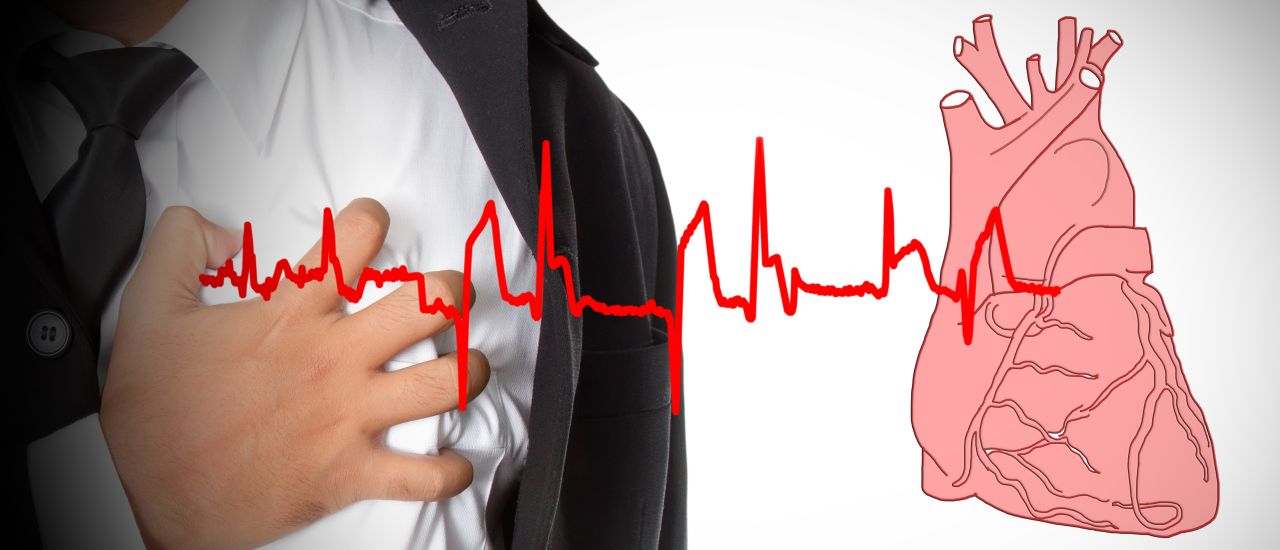When it comes to hypertension, there are many risk factors which work together to put an individual at risk. Besides family history and genetics, unhealthy lifestyle factors such as poor diet, being overweight or obese, smoking and being physically inactive, are major problems in South Africa, and increase the risk of hypertension and cardiovascular disease, according to Dr Mungal-Singh, CEO of the Heart and Stroke Foundation South Africa.
Salt & Starch: A Dangerous Combination
The risk factors mentioned above are prevalent across all cultural and economic groups in South Africa. The fact is that many South Africans eat an unhealthy diet that’s low in fresh fruit and vegetables and high in fat, sugar and starchy food.
When it comes to salt, it seems South Africans are eating too much of that too – around 11 g a day. That’s more than double the recommended daily intake of 5 g of salt! And what most people don’t realise, is that too much salt can increase your blood pressure. It’s a dangerous circle.
So, Slim Down and Get Tested
A recent study by the Human Sciences Research Council (the SA-NHANES 1 study) showed that nearly 1 in 3 men and 2 in 3 women are overweight or obese. Physical inactivity was also shown to be a serious problem – almost half of women and one quarter of men are not physically active.
Stress is known to be a contributing factor for hypertension and heart disease, and it can lead to other risky behaviours such as smoking, excessive use of alcohol and unhealthy eating practices.
It’s important to note that hypertension is a silent killer, and the only way you will know if there is a problem is to get tested. All South Africans are at risk, and the best prevention is to lead healthier lifestyles.
Source: http://www.heartfoundation.co.za/media-releases/sa-joins-fight-against-deadly-hypertension
Read more:
Salt: Getting to the heart of the matter
Salt-free Chicken Kebabs
Warning! Salt Added
3 Saltiest Foods – And Their Healthier Counterparts

